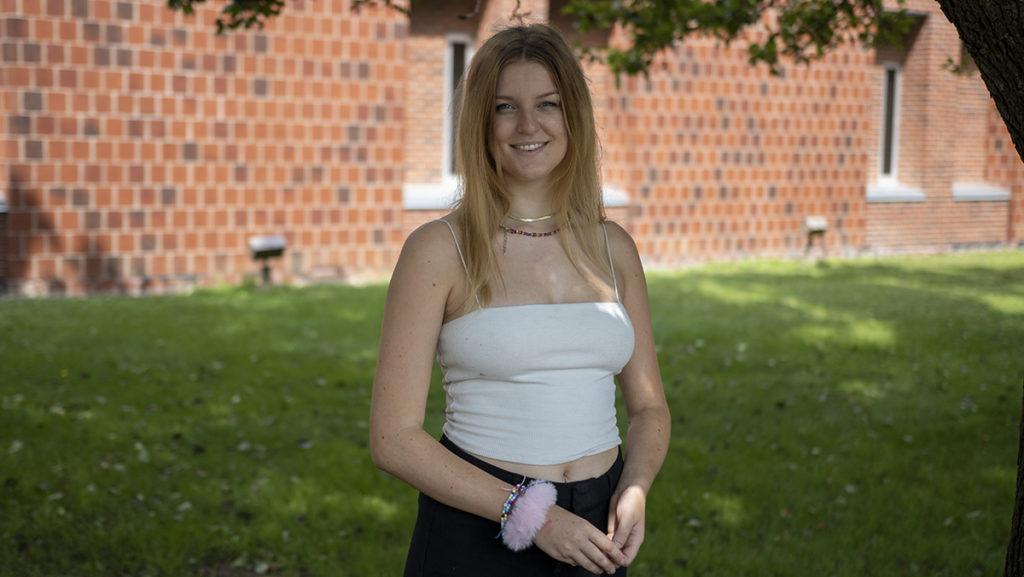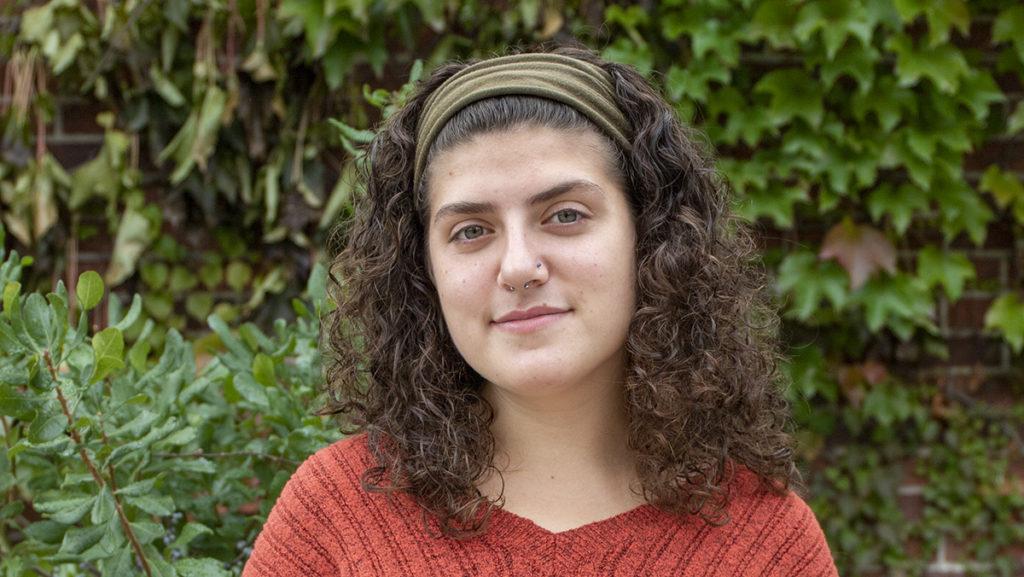Let’s face it folks, the current state of American politics has proven to be polarized and therefore paralyzed. If you’ve ever wondered why the Olympia Snowes (R-ME) and Russ Feingolds (D-WI) have all but disappeared, you can look to the disappearing center, as political scientist Alan Abramowitz calls it, for your answer. Moderates willing to stretch their hand across the aisle seem to be a dying breed.
This idea of the disappearing center suggests that political parties are now more than ever catering to the activists and standpatters within their party, as they are often the most informed, involved and likely to donate monetarily.
As a result, this ideological gulf that continues to widen between Democrats and Republicans has reflected itself in the population at large. We, the American people, are more polarized than ever before. And with less voters on the fence, party leaders need not be concerned with having to strike that balance between motivating their most fervent supporters while simultaneously not scaring off those undecided moderates.
A series of polls done by the New York Times showed that while 1 in 4 voters said they might change their minds before the 2008 presidential election, only 1 in 10 said they would be open to voting for the candidate they had previously decided against in this upcoming 2012 election.
With few willing to budge, it seems the election might already be decided. And while we will just have to wait and see what the campaign season brings, the unfortunate truth remains that neither a returning nor new president will be able to overcome the unyielding partisanship that continues to stall progress of any kind. Seems to me the widening gap in the center is the weakness, not the middle ground that used to keep it all together.






